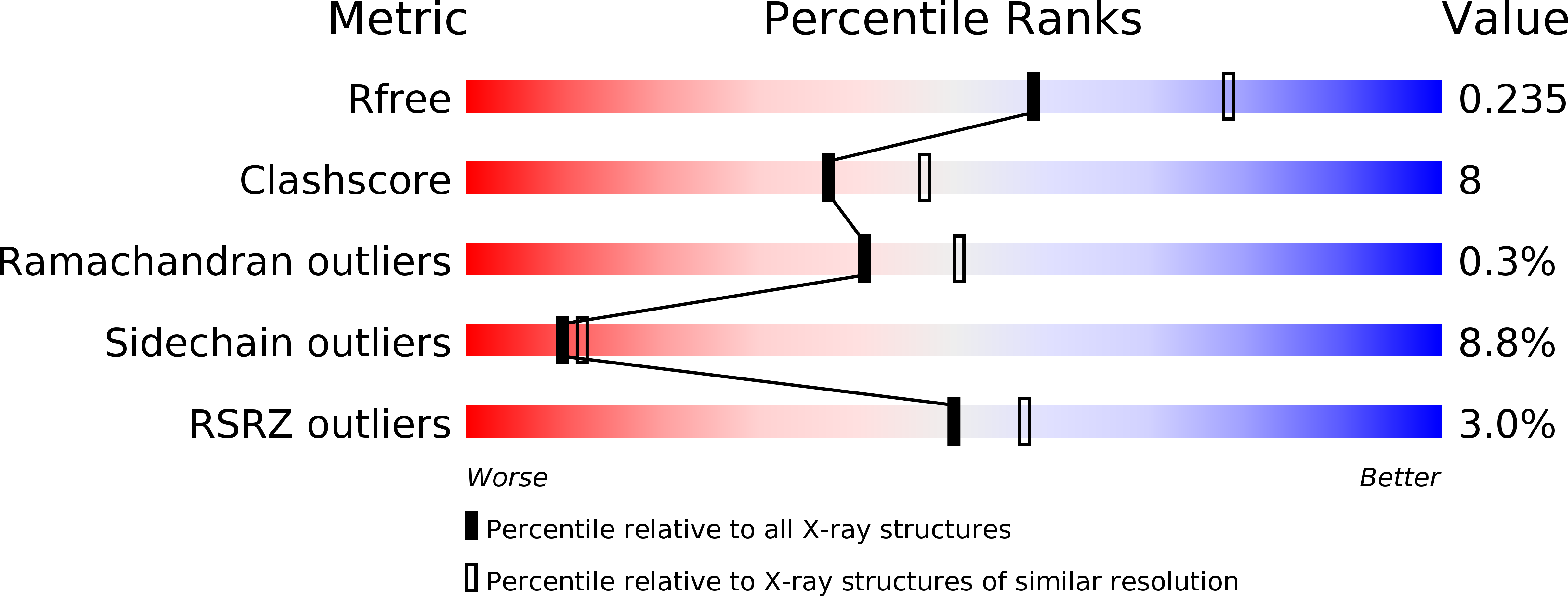
Deposition Date
2015-04-06
Release Date
2015-06-24
Last Version Date
2024-10-16
Entry Detail
PDB ID:
4Z78
Keywords:
Title:
Weak TCR binding to an unstable insulin epitope drives type 1 diabetes
Biological Source:
Source Organism:
Mus musculus (Taxon ID: 10090)
Homo sapiens (Taxon ID: 9606)
Homo sapiens (Taxon ID: 9606)
Host Organism:
Method Details:
Experimental Method:
Resolution:
2.30 Å
R-Value Free:
0.23
R-Value Work:
0.18
R-Value Observed:
0.19
Space Group:
P 21 21 21


